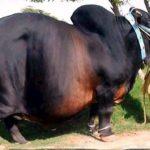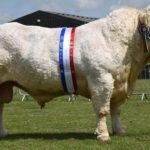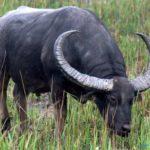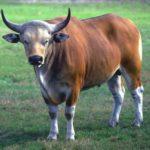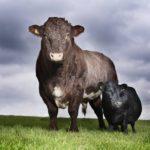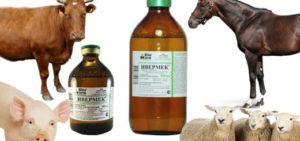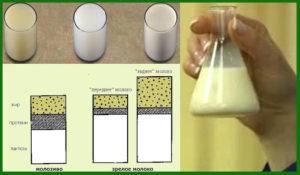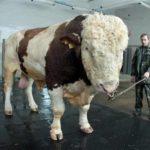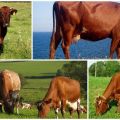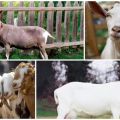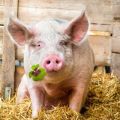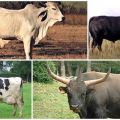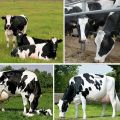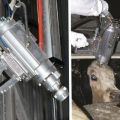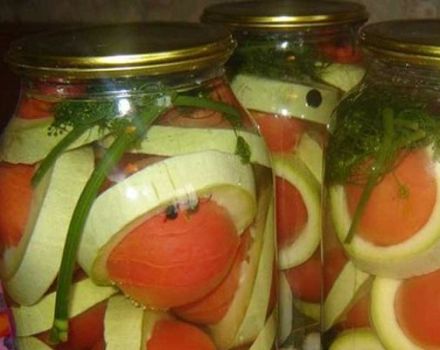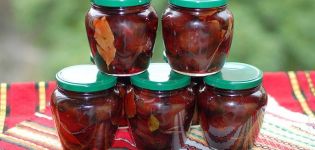Average life expectancy of wild bulls and how many years people keep them
Understanding how many years bulls live, it should be borne in mind that in captivity, the animal is provided with good feed, a barn, and veterinary supervision throughout its life. That is why the life expectancy of cattle on farms and especially on private households is significantly increased in comparison with the wild. Although bulls in captivity rarely live to old age, since feeding an aging animal for several years is economically unprofitable for the owner of the livestock.
How many bulls live on average
Cattle lifespan is 17-20 years, this is the lifespan of cows. Bulls are kept for no more than 15 years. Quality care, vaccinations, timely treatment of diseases extend the life of bulls to 35 years. Of course, keeping livestock for so many years is impractical, the life expectancy of animals directly depends on their productivity.
By country
The lifespan of an animal depends on the country of residence and the climate in which the animal lives. In India, bulls and cows die a natural death, since the animal is considered sacred there. Warm climate, abundance of food and a ban on killing increases the lifespan to 35-40 years.
In the northern regions, for example, in Russia, animals live no more than 8-9 years, with a decrease in productivity, they are sent for slaughter, replacing them with younger livestock. The bulls are kept on the farm for 16-20 months, then they are slaughtered, the bull-inseminator is left for 12-14 years to reproduce the livestock.
Depending on the breed
The life span of animals depends on the breed of cattle. Representatives of the dairy sector of animal husbandry live 3-5 years less than their meat, dairy and meat relatives. Milk production requires significant energy costs. The age of a cow or bull at purchase can be determined by the teeth or annual rings on the animal's horns.
At home and on the farm
Cows and bulls live much longer on a private backyard than on a farm. This is due to the best conditions of detention. Animals in a private courtyard move more, they are provided with the love of their owners and constant interaction with them.
In nature
In nature, if the bull did not die from the disease and was not eaten by a predator, he lives up to 15-20 years. Of course, only if it does not die in winter from colds or other diseases, or from lack of food.
Important: in countries with cold climates, the life expectancy of cows and bulls is much shorter than in warm regions.
Factors affecting life expectancy
In nature, bulls and heifers suffer from helminthic invasions, lack of food, can be poisoned by poisonous plants, and be eaten by predators. The animals on the private farm receive balanced nutrition, high-quality feed, necessary supplements and vitamins. In the cold period, animals are protected from rain and snow, cows do not have to look for food on their own, they drink clean heated water. Bulls and cows from a good owner do not suffer from colds.
The barn is cleaned daily, the animals are washed, the udders and hooves are examined to prevent inflammation.
Livestock from calf age are vaccinated against infectious diseases, calves up to 1 month old are examined daily, from 1 to 3 months - every 10 days, then - monthly. Animals receive coarse and succulent feed, additives (salt, fish oil, bone meal, chalk), for animals this is an additional source of essential minerals.
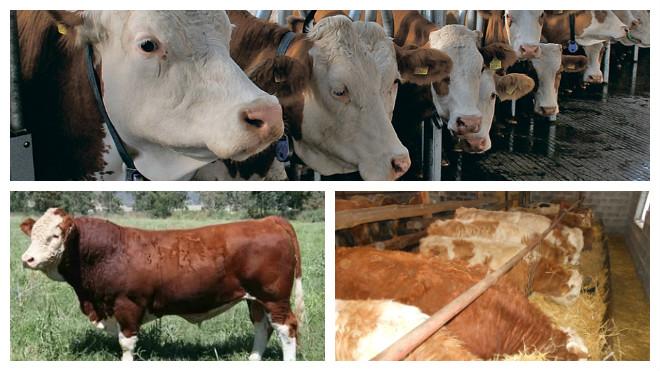
To rid the livestock of worms, the animals are given special drugs on a quarterly basis on the recommendation of a veterinarian. Before releasing animals to the pasture, they must inspect the pasture area, remove poisonous plants.
How to increase the lifespan
To increase the lifespan of cows and bulls, it is necessary to provide them with high-quality feed, the diet should include:
- hay;
- ripe root vegetables, without dirt and rot;
- silage;
- compound feed containing mineral additives.
In summer, hay and mixed fodder are replaced with fresh meadow grass. Animals need free access to clean water and walking to maintain physical activity and healthy hooves. There should be enough space in the barn (up to 15 square meters per individual), this allows bulls and cows to move, lie down, the room should be clean, bright and well ventilated.
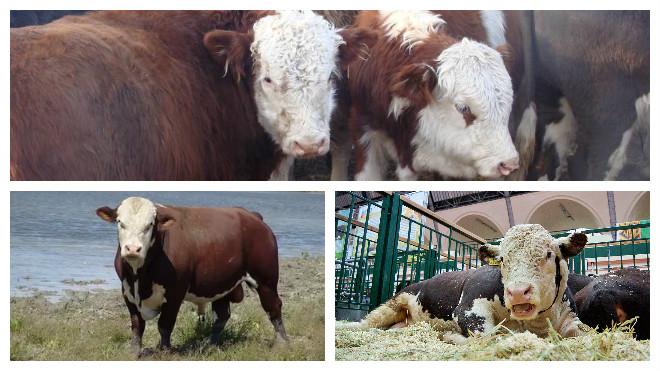
Avoid crowding of animals, high humidity in the room, dirt on the floor, in feeders and drinking bowls. The room is cleaned of manure daily, drinking bowls are rinsed. The feeders are cleared of debris. Animals should not be given frost-stuck, frosty or wet grass, frozen vegetables, this can cause inflammation of the abomasum.
Do not graze animals through dew or immediately after rain. Animals should be systematically washed, cleaned of dirt with brushes.
Bulls are kept separately from the rest of the livestock. Chains are needed in the stall to secure the animal. Livestock of cattle should walk 1-2 kilometers daily. It is necessary to examine the udder of animals, to massage the organ. Animals should be fed and milked at the same time. It is necessary to protect cows and bulls from stress (sharp sounds, rumbling, strangers in the room).
In order for cows and bulls to live long and not lose productivity, they must be walked daily, for 1-2 hours. The exception is severe frosts. Nutrition, quality maintenance, the availability of walks and veterinary control provide animals with health, strong immunity, endurance and fatness.
Optimal age for slaughter
If bulls are purchased for fattening purposes, bulls that are 6 months old should be purchased. They are no longer given milk, they are completely adapted to adult food. Gobies are sent for slaughter at 16-20 months. In order to gain muscle mass, bulls are not castrated until 10-12 months. The heifer is culled in case of underdevelopment of the udder, health problems.
Before slaughter, animals are put on fattening - enhanced nutrition for rapid weight gain.
Bulls and cows in households live longer than on large farms or in the wild, but only if they are well looked after.Weasel and good attitude of the owners significantly increase the life of animals, however, a decrease in productivity forces to send bulls and cows to slaughter in order not to waste feed and replace the livestock in a timely manner.

